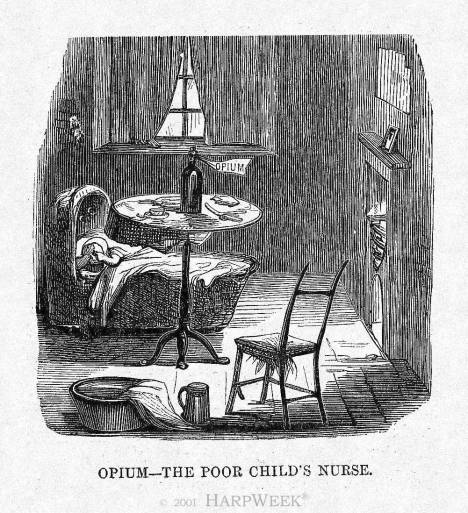Gaskell's Representation Analysed
Gaskell’s representation of opium analysed
·
Gaskell
holds an extremely sympathetic view of recreational opium use as an alternative
to food. Noting the people who use it as ‘Poor Wretches!’ [1]
this could be interpreted as a similar view held by temperance societies. Organizations
that were for the banning and removal of drugs and alcohol in working-class communities,
often ran by Unitarians and Quakers.
· Although Gaskell is sympathetic her reasoning stems from her belief that the working men that take opium are not educated enough to understand the consequences of drug addiction, although she is a narrator of an addiction that is often wrongly documented, her middle-class beliefs restrain her into creating the common working-class stereotype of the uneducated addict.
This is important to note when illustrating the scenes of John Barton, he is an educated man, a member of a Trades Union and it is the treatment of workers and the lack of sufficient pay that drives him to opium, not that he is unaware of the consequences. This could be illustrated through instead of placing John in the scenes at home as Gaskell narrates, changing the scene to Barton in a Union meeting or a place of education such as a library.
 |
| Punch, The Poor Child's Nurse, illustration, Science Museum, 1849, [accessed 14 June 2022] |


Comments
Post a Comment